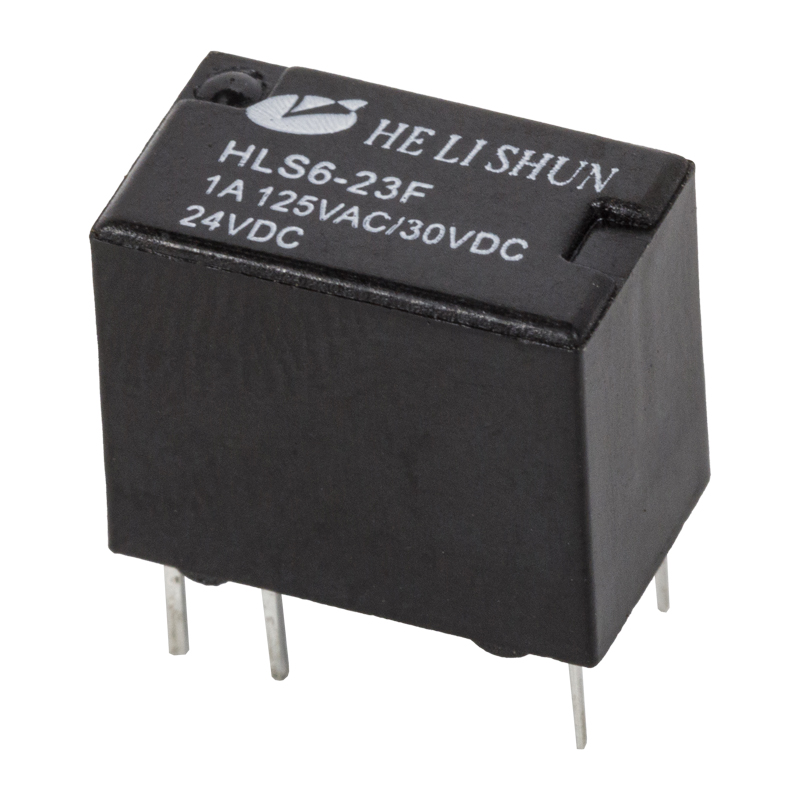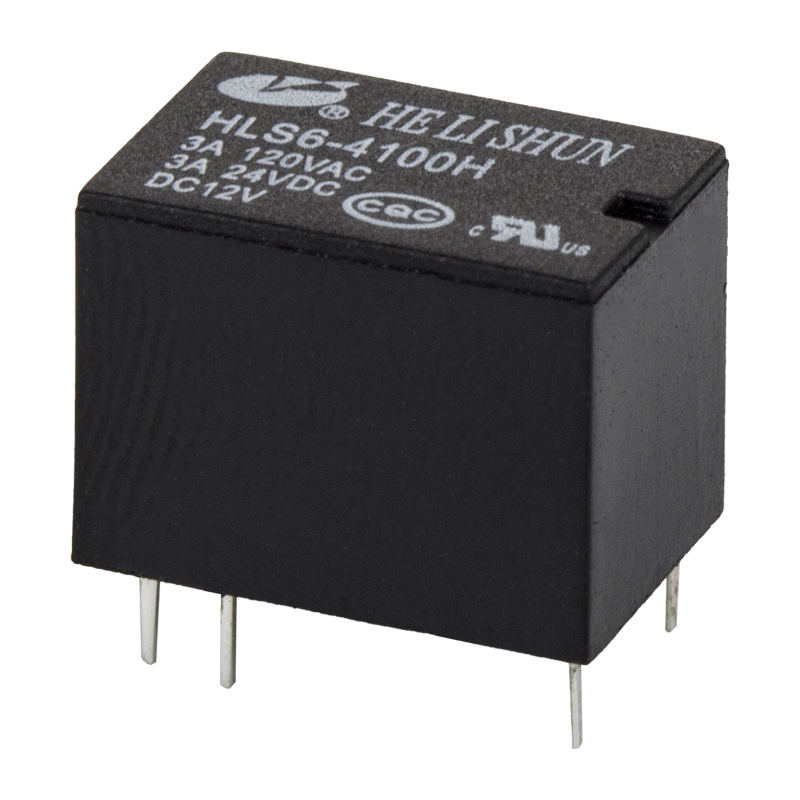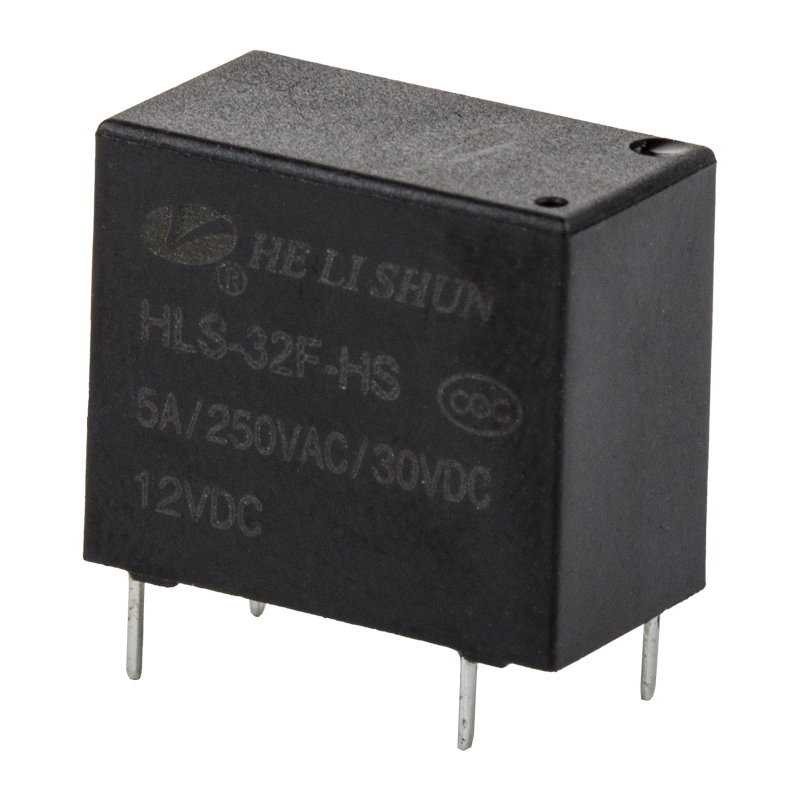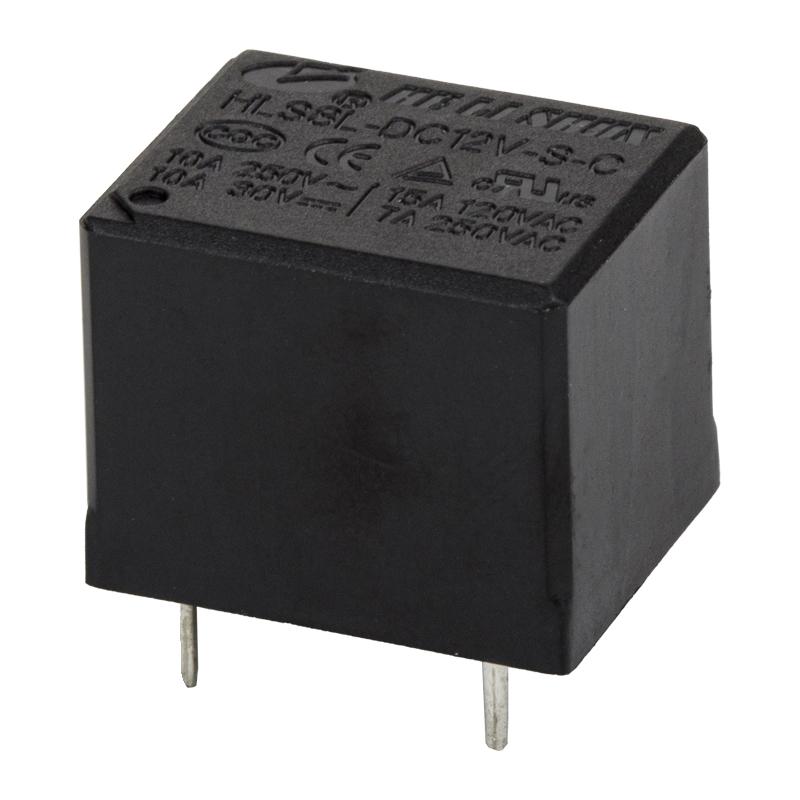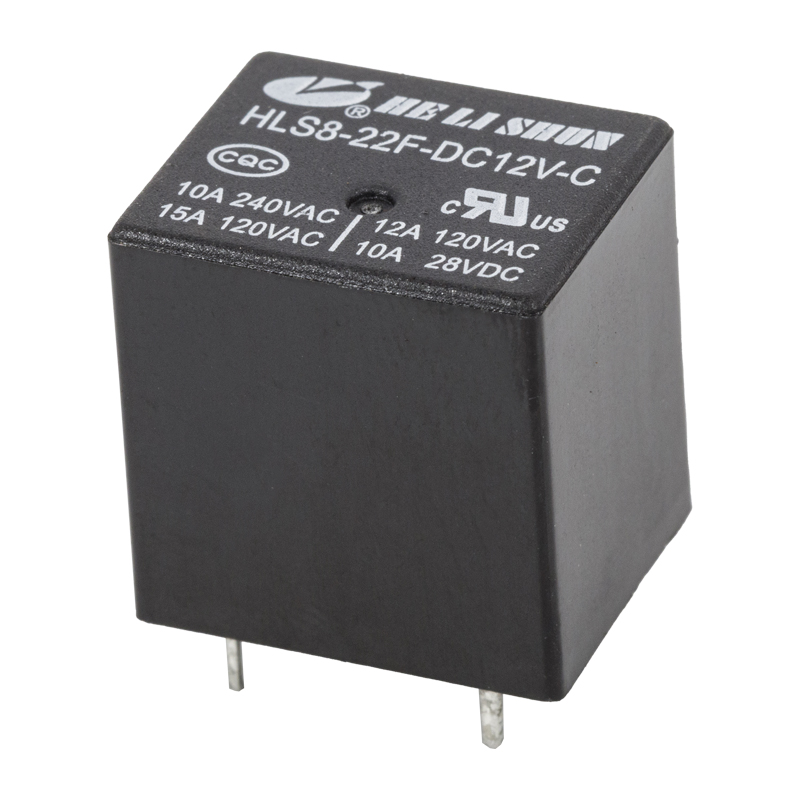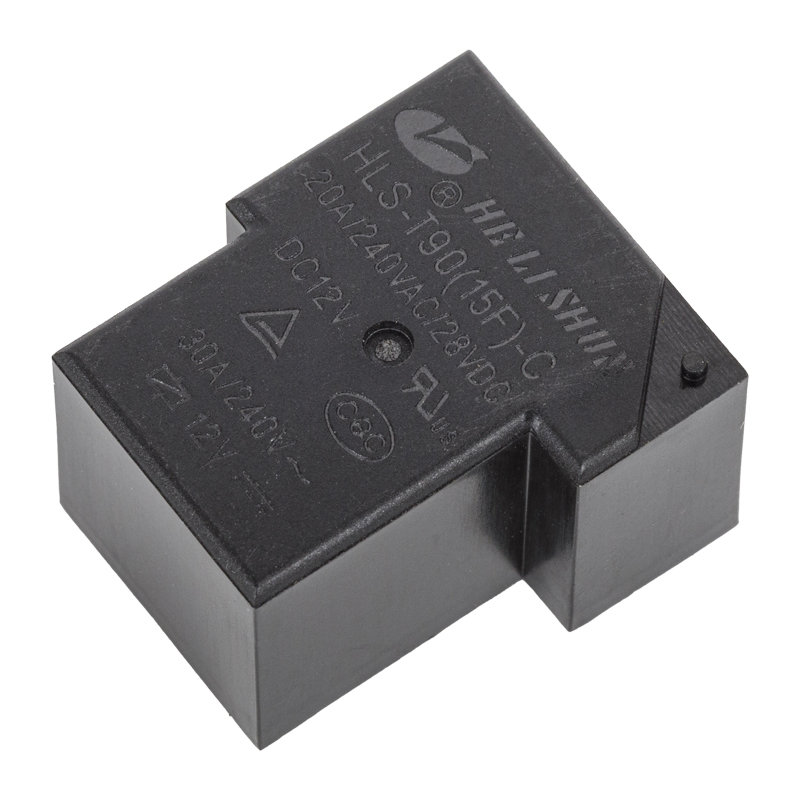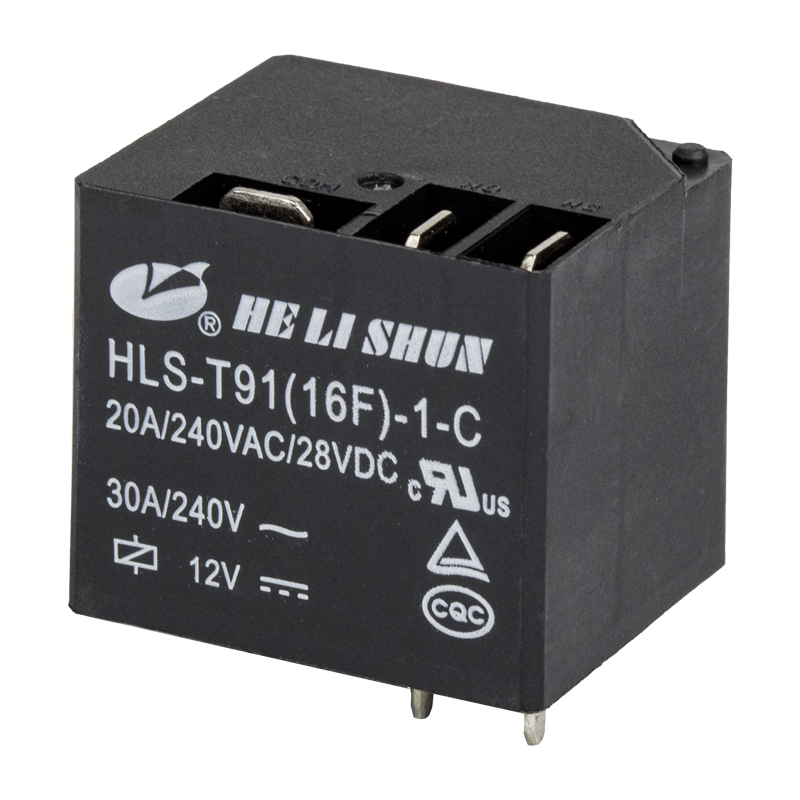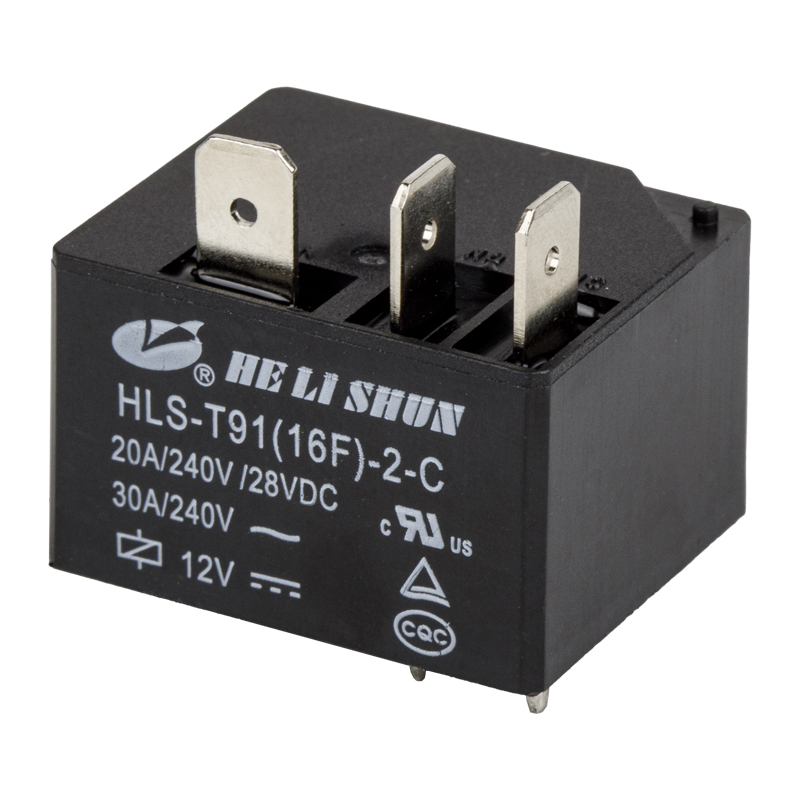In modern automation control, industrial equipment, and electronic systems, reliable signal switching and circuit control are crucial. In these applications, the DPDT Relay (DPDT) has a unique structure and flexible control capabilities.
Structure and Core Principle of a DPDT Relay
As its name suggests, a DPDT Relay (DPDT) features "double-pole" (two independent sets of normally open/normally closed contact groups) and "double-throw" (each contact group has two switchable outputs).
Its core working principle is similar to all electromagnetic relays, based on electromagnetic induction:
- Coil Drive: When the control circuit applies a low voltage or small current to the relay's drive coil, a magnetic field is generated in the coil.
- Armature Attraction: This magnetic field attracts the internal armature.
- Contact Switching: The movement of the armature drives the moving contact. In a DPDT relay, both sets of moving contacts operate simultaneously:
- Normally Open (NO) Contact: Switches from the open state to the closed state.
- Normally Closed (NC) Contact: Switches from the ON state to the OFF state.
- Circuit Control: Through this mechanical contact switching, a double-pole double-throw (DPDT) relay can simultaneously control two independent circuits, achieving an "either/or" switching function.
Key Advantage: The biggest feature of the DPDT relay is its ability to simultaneously perform logical synchronous switching of two circuits under the drive of a single coil, which greatly facilitates complex control logic.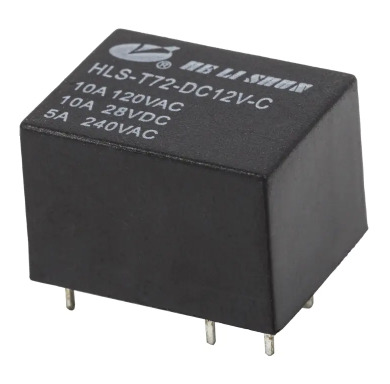
Flexible Applications of DPDT Relays
Due to its dual-channel independent switching capability, the DPDT relay has a wide range of applications, especially in situations requiring dual-loop control:
- Circuit Reversal and Interlocking: Ideal for driving bidirectional motors (e.g., forward and reverse control) or switching between two different signals.
- Signal Redirection: Allows selective switching of signals between two input sources (pole) to two different output targets (throw).
- Self-Holding and Feedback: When properly designed, DPDT contacts can be used to provide feedback on circuit status or as part of a self-locking circuit.
Related vocabulary tips: When selecting a DPDT Relay, in addition to considering its rated voltage and current, engineers also pay attention to its mechanical life, response time, and whether it possesses high shock resistance and high reliability to ensure long-term stable operation.
A DPDT Relay achieves precise control of two independent circuits by synchronously switching two sets of contacts driven by electromagnetic force. Understanding its working principle helps us fully utilize its dual-loop switching advantages and optimize system performance and structure when designing electronic products and industrial control systems.




 English
English 中文简体
中文简体
